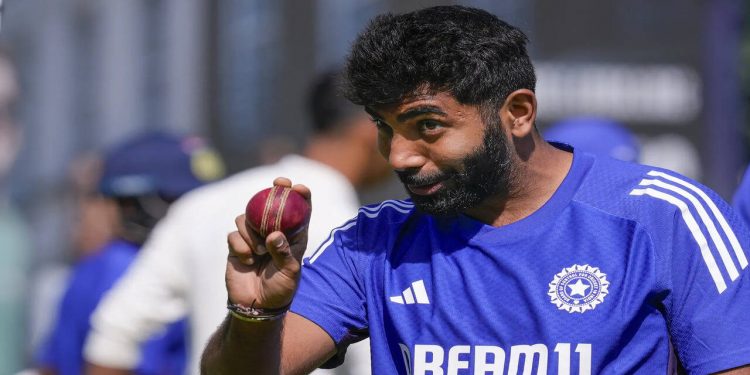The proprietor of the Dukes factory in England, Dilip Jajodia, has demanded that the International Cricket Council (ICC) re-examine the rules governing the availability of the second new ball during Test matches. This follows several Edgbaston Test matches between India and England in which both teams expressed dissatisfaction with the ball’s declining quality.
Jajodia criticised the dominant mindset of contemporary cricket players for continuously blaming outside factors rather than admitting the flaws in the pitches or players’ abilities before proposing that the global administrative body review the current policy on the change of balls.
“No one discusses the bowlers’ form and skill or the wicket’s flatness. Now when five or six hundreds are being achieved in an innings, everyone is pointing the finger at the Dukes ball, which is considered to be bowler-friendly. The pitch or the ball, never the players, are to blame if something goes wrong. It’s the pitch when players get ducks. In an exclusive interview with Mumbai Mirror, Jajodia stated, “It’s the ball when bowlers don’t get wickets.”
“Instead of the existing 80th-over rule, perhaps the game’s authorities might think about permitting the new ball to be taken midway between the 60th and 70th over. They somehow anticipate that the ball would remain hard until the 79.5th over, which is unfortunately not feasible,” he continued.
The ball is not a uniformly manufactured machine product: Jajodia
“Every cowhide is unique. Thus, a little element of nature is involved. The ball is not a uniformly manufactured machine product. The ball isn’t a rock; it’s meant to break down. The ball isn’t being made to fail, in our opinion as makers. We haven’t altered our procedures or decreased our standards,” he said.
Captain Shubman Gill expressed his displeasure with the ball’s post-match characteristics and how they make it an unfair opportunity for the bowlers, even though India won the second Test by a wide margin.
Jajodia explained the intricate process of creating the Dukes ball and said that the designers did not purposefully try to cut corners on quality.
The ball is rapidly becoming softer and losing its shape, much more so than the pitch. After the game, Gill said, “The game loses its essence if you know there are only 20 overs of any help and then you have to spend the rest of the day on the defensive, thinking only about how to stop the runs.”
For the uninitiated, The Dukes ball is used in Test matches in England, Ireland, and the West Indies. Because of its firm and noticeable seam, this ball has a reputation for helping quick bowlers.







